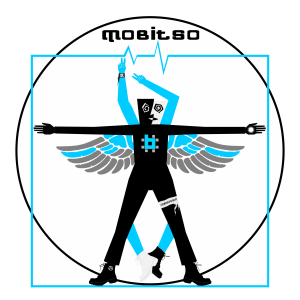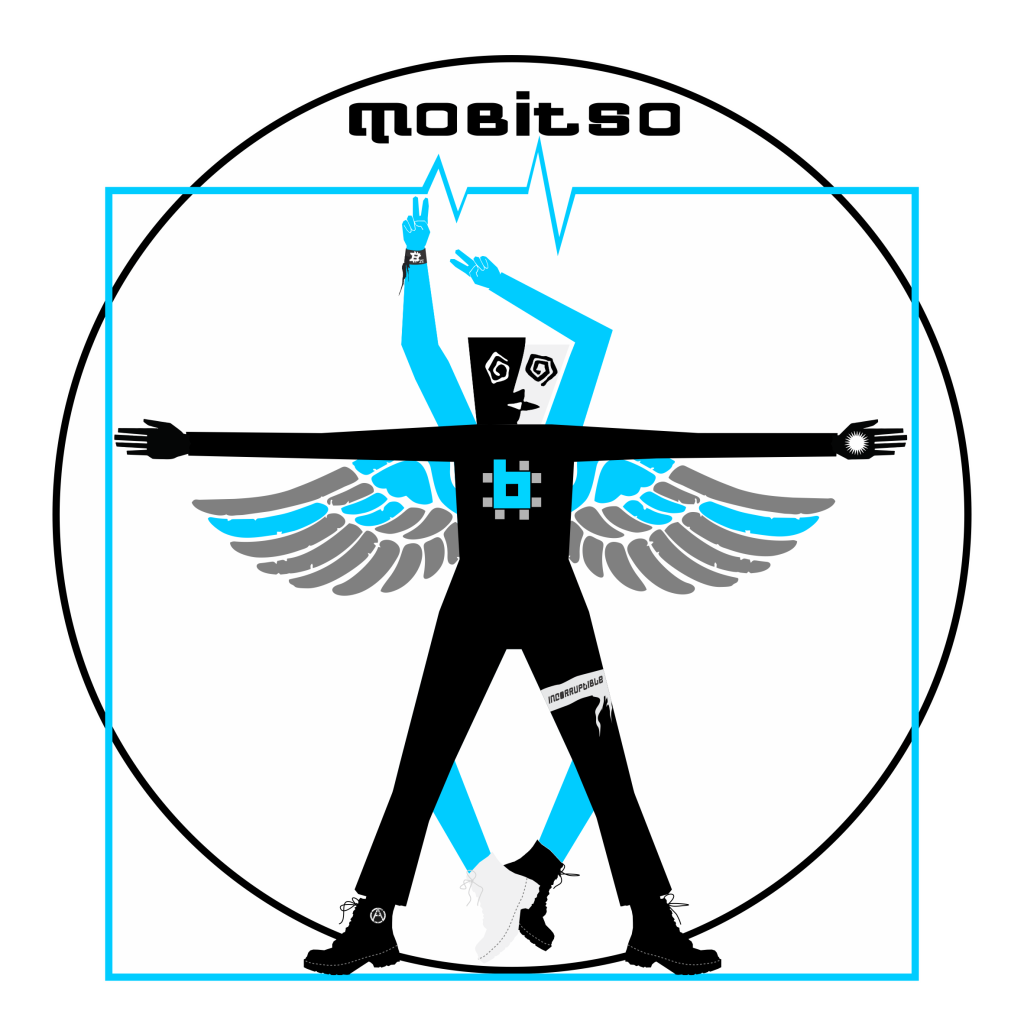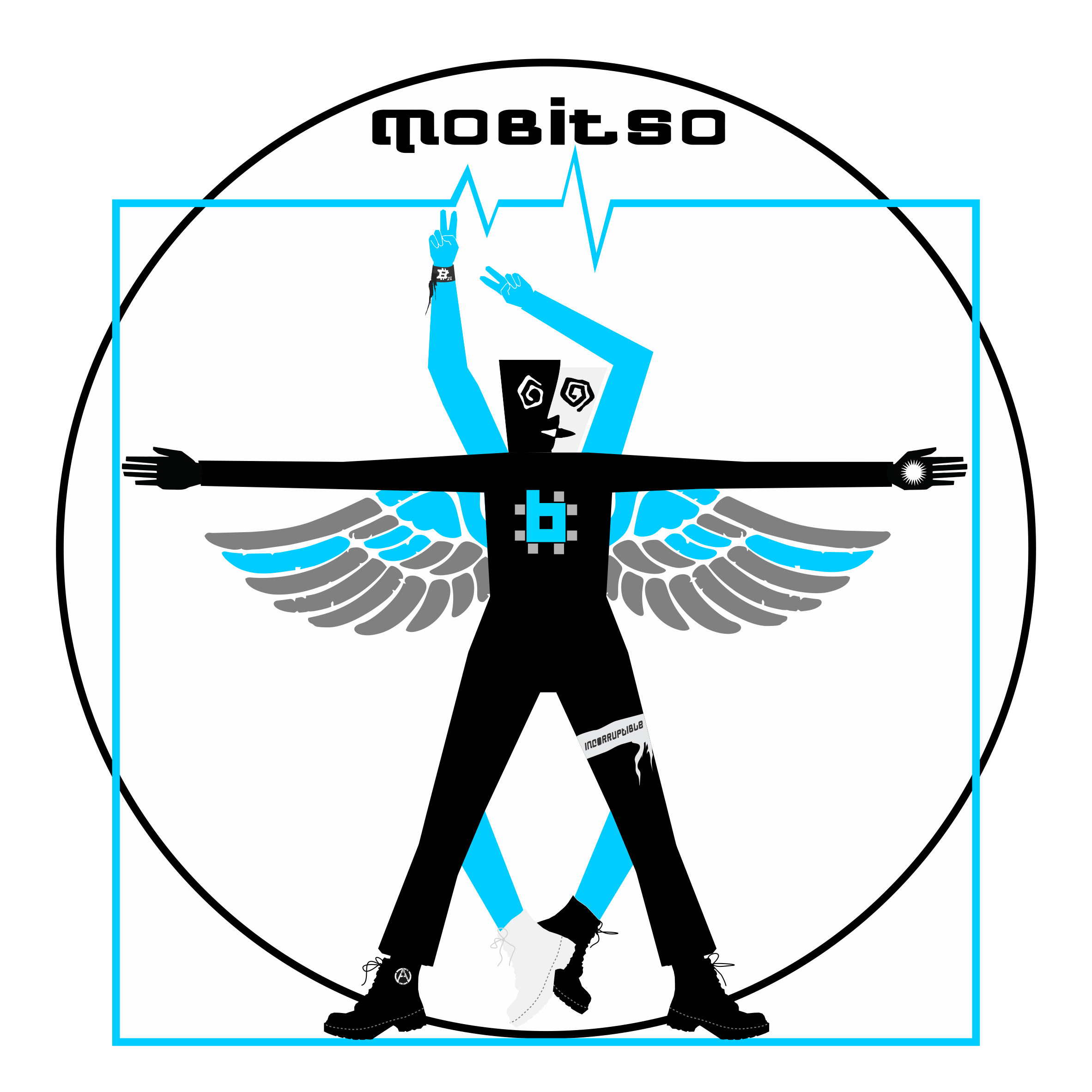Art is neither a window permit nor simply extending a brand nor a luxury to enjoy only after bills and
maimed corpus. It is a civil utility-the way a people feel their feelings in public and find out that they are
not on the form. We answer the censors and the marketeers alike: beauty does not report for duty. It
comes where it is made welcome and goes away when manipulated. The right to create comes before
taste. No committee can give a visionary prior approval without killing him. Offence-in-the-truth isn’t an
injury; boredom is. The penalty for bad painting is not a summons but rather a shrug. Keep the line bright:
punish acts which harm bodies or property; argue with ideas that bruise pride. A gallery of safe work is a
museum of sleep.
Confusion makes things more confusing and valuable. It is walls, juries, and algorithms that ration
attention and call it culture. We answer with similar avenues: studios in basements and garages, pop-up
shows, streets, print-at-home catalogs, community radio, small presses and the open calls judged by peers
who sign their names. If the showcase cannot accept you, build one; if the feed buries you, step out of it
and make a crowd the old way-by making something worth walking toward.
Provenance is important; captivity is not. Credit your influences, pay the living, and the dead from whom
you borrow. Styles can travel as signatures will be anchored. Remixes should sound like conversations not
thefts. The commons is for public domain, not a junkyard; it is a common well. Refill it according to
schedule: short terms, clear licenses, and expiration dates for corporate custody.
Pay the artist without purchasing their throat. The commission should buy work, not suffering mouth.
Some gag their attached letterhead: contracts forbidding people from talking about the process, politics,
or past patrons. If a sponsor cannot survive a dedication line, it does not deserve one. Royalties, resale
shares, and transparent splits are basics, not favors. No “exposure” in lieu of rent.
Education is oxygen. Teach children to draw from life and from memory, to read images as they read
sentences, argue with a song by composing a better one. The kit is simple: a room with light, a door that
shuts, tools that work, mentors to speak truth, and an audience that knows how to sit still. Rarely does a
talent like that walk in.
The imagination of public property shares. Mural, busker, installation, or pop-up theater default to “yes”-
with narrow, content-neutral limits of keeping the way clear, cleaning the mess, and not blowing the
neighbor’s ears. Bureaucracies that land fear color will salt with beige. Not by us.
Archives are our long memory. Save drafts, scores, sets, source files, and oral histories in formats that will
survive the decade. Put curators and hackers in the same room. Art should not die when platforms do.
Catalogs should not be “corrected” when regimes change. History easy to edit is easy to erase.
Our tactics match our ends. We will fund micro-grants and rent stipends; we will run community print
shops and tool libraries; hold uncensorable festivals; publish fair, plain-language contracts; and keep open
submission windows that actually open. We will boycott institutions that launder censorship as brand
safety and bless the places that risk new work in front of strangers.
This is not a request for indulgence. It is a statement of practice: make, show, credit, pay, teach, preserve.
The metrics are simple: more first attempts on walls and stages, more names paid on time-more rooms
where risk is ordinary and permission is optional. Our signature is courage, our seal is generosity, and our
proof of transaction comes the moment a stranger stops, looks up, and feels less alone. From here on out,
let the age of licensed imagination end. There is still time to hang something wet and true on display for
everyone to see in our names.








